
4-14 #WorkDream : BMW expects a shortage of semiconductors is likely to remain a problem for the auto industry into 2023; Samsung and LGD’s ongoing negotiation over the supply of TV OLED panel; Honda is spending JPY5T on its electrification efforts over the next 10 years; etc.

BMW’s Chief Executive Oliver Zipse has indicated that a shortage of semiconductors is likely to remain a problem for the auto industry into 2023. He expects to start seeing improvements at the latest in 2023, but will still have to deal with a fundamental shortage in 2023. Volkswagen’s CFO Arno Antlitz has said he expects that supply of chips would not be able to meet demand until 2024. Ford also pointed out in late Mar 2022 that global chip shortages and the Russia-Ukraine conflict are affecting car production and orders in Europe. Toyota said in Mar 2022 that it would cut production further in Mar due to chip shortages and cut its April-June domestic production target by as much as 20%.(CN Beta, Car Dealer, Reuters, Euro News)

Intel finalized the installation of its first EUV tool in Fab 34 in Apr 2022, which is located in Leixlip, Ireland. That comes just 2 months after Intel started installing its first chipmaking equipment in the fab. The EUV tool is made by ASML, but was shipped to Intel in Hillsboro, Oregon, USA first, before being sent back to Europe. This is the first of several machines from ASML that are expected to be installed in Fab 34 and Intel says it is “a key enabler of Intel 4 (7nm) process technology”.(CN Beta, Evertiq, EE News Europe, TechPowerup)
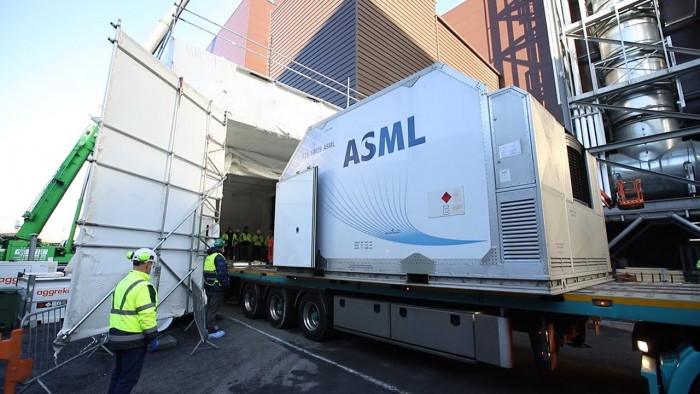

Samsung Electronics and LG Display (LGD)’s ongoing negotiation over the supply of TV OLED panels was focused on budge OLED panels. Samsung is launching OLED TVs in 2022 after a 9-year hiatus and is procuring OLED panels from Samsung Display and LG Display. In its negotiation with LG Display, Samsung is focused on procuring LGD’s M series of OLED panels, its lowest-tier offering. LGD’s TV OLED panels come in three series: R, P and M. R is the premium series and the panels offer a brightness of 200nit. P and M series each offer 180nit and 150nit, respectively. Samsung wants the cheapest series out of the three to increase its profitability as much as possible. Display panels account for one-third of the cost to make TV sets: Samsung is confident that it can use its position as the world’s top TV brand to push as many units as possible while using the cheapest OLED panels available. Samsung has also asked LGD whether it was possible for them to develop a more affordable version of its R series of panels, which has 200nit brightness. (CN Beta, The Elec)
Samsung is expected to procure 6.5M units of smartphone OLED panels from Chinese display panel makers BOE and CSOT in 2022, according to Mizuho Securities. According to Mizuho Securities analyst Yasuo Nakane, this will be approximately 8 times the amount it procured in 2021 (800K units) from the two companies. Samsung will procure 3.5M units from BOE and 3M units from COST. Nakane has noted that Apple is expected to procure 223M units of smartphone OLED panels in 2022. This will be an increase of 40M units from 181.5M units in 2021. (CN Beta, The Elec, SamMobile)

Apple’s patent titled “physiological monitoring method and system” proposes a system that could conduct sleep tracking using an iPhone, Mac, or HomePod mini, to provide physiological monitoring; without any mattress sensors or wearable devices. Apple’s patent claims physiological monitoring is carried out with devices that do not require measuring electrocardiography, electroencephalography or other electrophysiological signals with uncomfortable electrodes but are based on comfortable movement and audio measurement.(Apple Insider, CN Beta, USPTO)
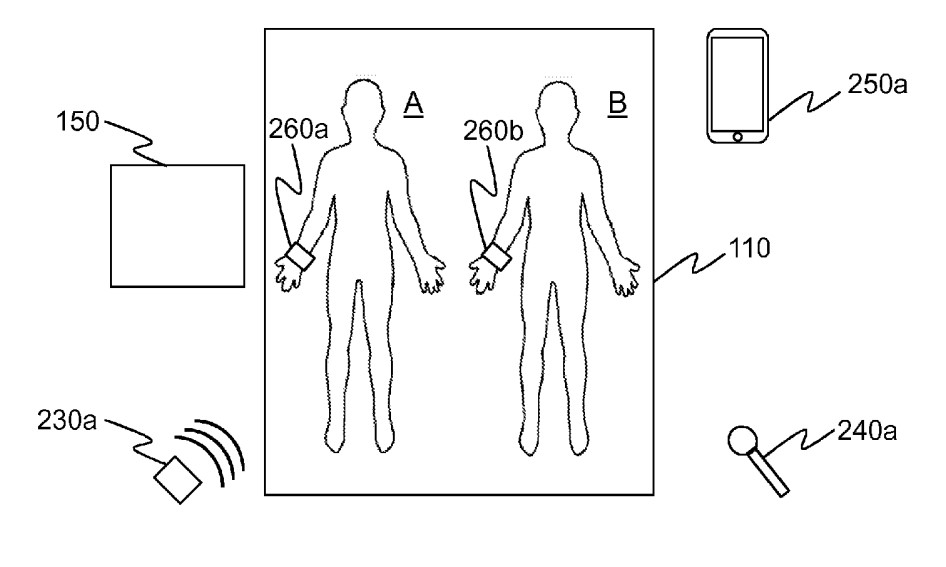

SK Group has said it is mulling investments in small-sized nuclear reactors and that one of the candidates was TerraPower, a U.S. venture founded by Bill Gates. Founded by Bill Gates in 2006, TerraPower designs small modular reactors (SMR) and plans to build its first reactor in Kemmerer, Wyoming by 2028. The USD4B project is scheduled to begin in 2024. The interest in SMR and TerraPower comes after SK Group Chairman Chey Tae-won last year pledged to cut 200M metric tonnes of carbon emissions in 2030, which is roughly 1% of the global carbon elimination goal of 21B tons by 2030, according to SK Group.(CN Beta, Reuters, Bloomberg, Chosun)
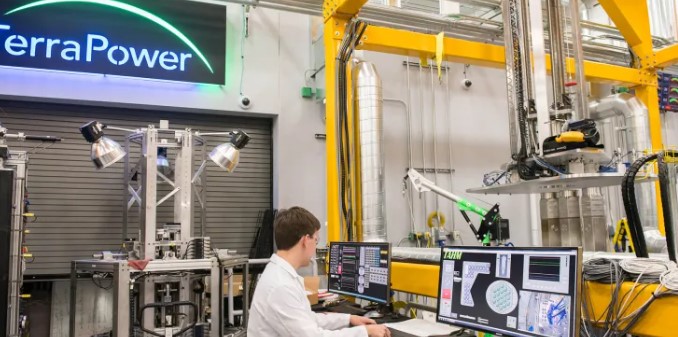
Nissan has unveiled its prototype production facility for laminated all-solid-state battery cells, which the company aims to bring to market in 2028. This prototype facility, within the Nissan Research Center in Kanagawa Prefecture, is aimed to further promote the development of all-solid-state-batteries. Under its long-term vision, Nissan Ambition 2030, Nissan aims to launch an EV with all-solid-state batteries developed in-house by fiscal 2028. It plans to establish a pilot production line at its Yokohama Plant in fiscal 2024, with materials, design and manufacturing processes for prototype production on the line to be studied at the prototype production facility. Nissan believes all-solid-state batteries can be reduced to USD75 per kWh in fiscal 2028 and to USD65 per kWh thereafter, placing EVs at the same cost level as gasoline-powered vehicles.(CN Beta, Taiwan News, Nissan News)
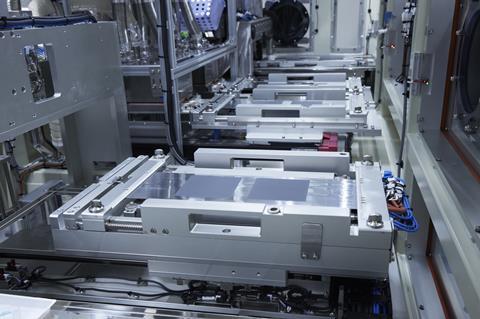

Apple reportedly brings satellite connectivity features for its Apple Watch along with support for emergency texting and SOS response as well. Before the iPhone 13 launch in fall 2021, 2021 iPhone lineup rumored would feature “LEO”, or satellite connectivity. Satellite connectivity would enable the iPhone to send short messages to emergency contacts over satellite networks without going through a carrier. The feature ultimately did not materialize in the iPhone 13 lineup, but Bloomberg reports today that the feature could launch as early as this year with the iPhone 14. Following its launch on the iPhone, Apple is planning to bring the technology over to the Apple Watch.(CN Beta, MacRumors, Bloomberg, Gizmo China)
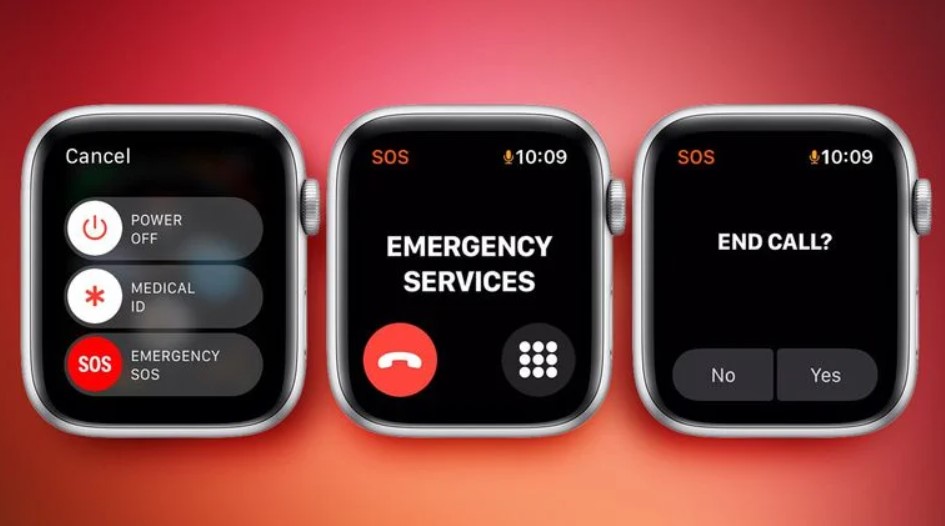

Samsung Electronics has decided to increase the use of recycled parts in repairing smartphones as part of its efforts for eco-friendly management and to reduce burdens on consumers. The company is considering introducing a manufacturer-certified recycled parts program for mobile device repair in 1H22. It is looking to reduce burdens on consumers and negative impacts on the environment by using recycled materials. If this program is applied, the display damage repair cost, which now stands at about KRW200,000 to KRW100,000, will be halved.(CN Beta, Android Police, SamMobile, Business Korea)
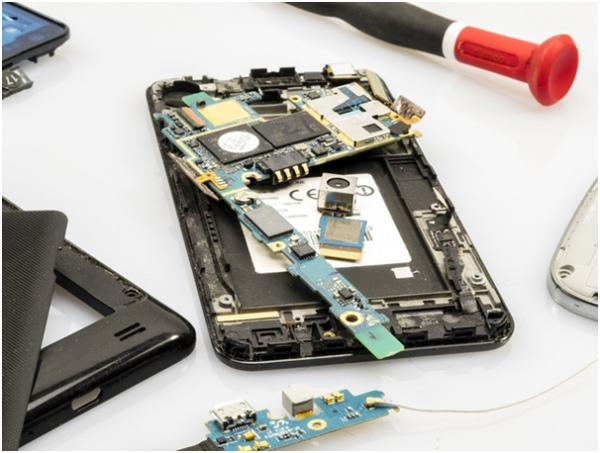
Pegatron, a Taiwanese company that is one of a few companies that assemble Apple iPhone, has halted production at two plants in Shanghai and one in Kunshan to comply with the Chinese government’s stringent COVID-19 regulations. Pegatron plants are its only iPhone manufacturing hubs, and Pegatron is responsible for making “roughly” 20-30% of all iPhones. Pegatron “hopes to resume production soon”, though it is unclear exactly when that might happen. Quanta, which helps make MacBooks, has also halted production at a site in Shanghai.(The Verge, BBC, Asia Nikkei, SCMP)

Motorola Moto G52 is launched in Europe – 6.6” 1080×2400 FHD+ HiD AMOLED 90Hz, Qualcomm Snapdragon 680 4G, rear tri 50MP-8MP ultrawide-2MP macro + front 16MP, 4+128GB, Android 12.0, side fingerprint, dual speakers, 5000mAh 30W, EUR249. (GSM Arena, Motorola)
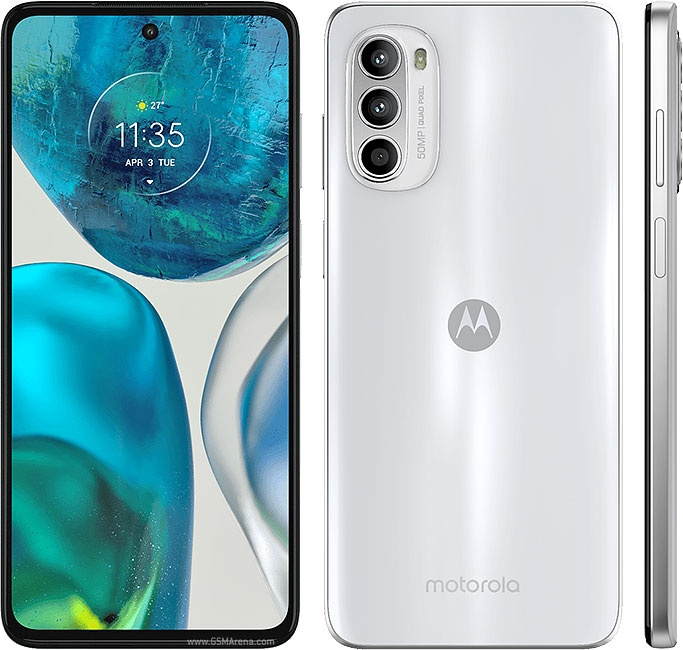
vivo X Fold is announced – 8.03” 1916×2160 Foldable LTPO AMOLED 120Hz + 6.53” 1916×2160 AMOLED 120Hz, Qualcomm Snapdragon 8 Gen 1, rear quad 50MP OIS-8MP periscope telephoto OIS 5x optical zoom-12MP telephoto 2x optical zoom-48MP ultrawide + front 16MP, 12+256 / 12+512GB, Android 12.0, fingerprint on display, 4600mAh 66W, 50W fast wireless charging, 10W reverse wireless charging, CNY8,999 (USD1,413) / CNY9,999 (USD1,570). (Android Authority, GSM Arena, JD.com)
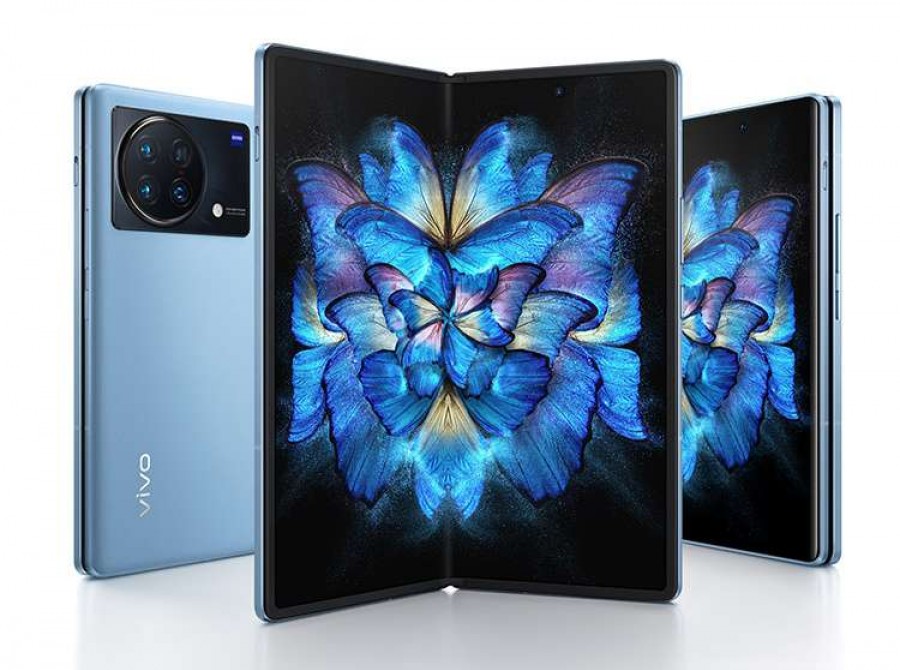
vivo X Note is launched – 7.0” 1440×3080 HiD LTPO AMOLED 120Hz, Qualcomm Snapdragon 8 Gen 1, rear quad 50MP OIs-8MP periscope telephoto OIS 5x optical zoom-12MP telephoto 2x optical zoom-48MP ultrawide + front 16MP, 8+256 / 12+256 / 12+512GB, Android 12.0, fingerprint on display, 5000mAh 80W, 50W fast wireless charging, 10W reverse wireless charging, CNY5,999 (USD940) / CNY6,499 (USD1,020) / CNY6,999 (USD1,099). (GSM Arena, Gizmo China, vivo)
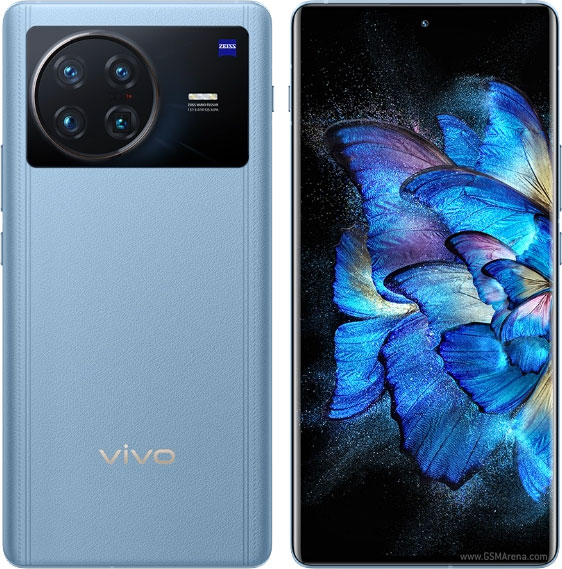
realme C35 and C31 are launched in Europe:
- C35 – 6.6” 1080×2408 FHD+ v-notch, Unisoc Tiger T616, rear tri 50MP-2MP macro-0.3MP depth + front 8MP, 4+64 / 4+128GB, Android 11.0, side fingerprint, 5000mAh 18W, EUR179 / EUR199.
- C31 – 6.5” 720×1600 HD+ v-notch, Unisoc Tiger T612, rear tri 13MP-2MP macro-0.3MP depth + front 5MP, 3+32GB / 4+64GB, Android 11.0, side fingerprint, 5000Ah, EUR139 / EUR159. (GSM Arena, Gizmo China)

OPPO F21 Pro and F21 Pro 5G are anounced in India:
- F21 Pro – 6.43” 1080×2400 FHD+ HiD AMOLED 90Hz, Qualcomm Snapdragon 680 4G, rear tri 64MP-2MP microscope-2MP depth + front 32MP, 8+128GB, Android 12.0, fingerprint on display, 4500mAh 33W, INR22,999 (USD300).
- F21 Pro 5G –6.43” 1080×2400 FHD+ HiD AMOLED, Qualcomm Snapdragon 695 5G, rerar tri 64MP-2MP maro-2MP depth + front 16MP, 8+128GB, Android 12.0, side fingerprint, 4500mAh 33W, INR26,999 (USD355). (News18, GSM Arena, Gadgets360)

OPPO A57 5G is launched in China – 6.56” 720×1612 HD+ v-notch 90Hz, MediaTek Dimensity 810 5G, rear dual 13MP-2MP portrait + front 8MP, 8+128GB, Android 12.0, side fingerprint, 5000mAh 10W, CNY1,499 (USD235). (Gizmo China, OPPO)
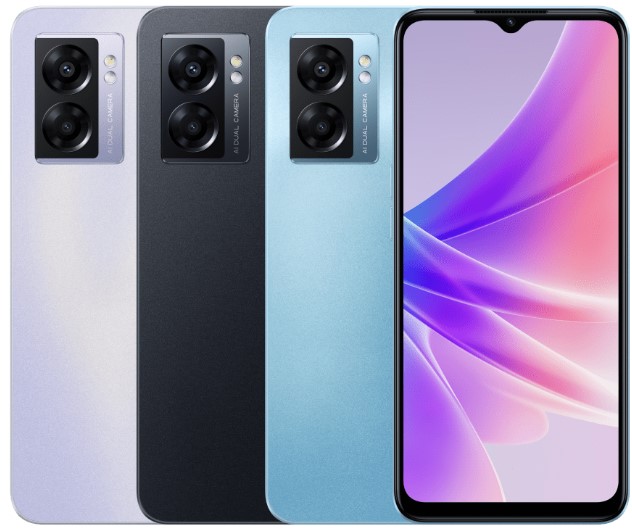

Worldwide PC shipments totaled 77.9M units in 1Q22, a 6.8% decrease from 1Q21, according to preliminary results by Gartner. A sharp drop in Chromebook sales significantly contributed to the overall market decline. After an unprecedented Chromebook surge in 2020 and early 2021, driven by demand from the U.S. educational market, Chromebook growth has tempered. The top 3 vendors in the worldwide PC market remained unchanged in 1Q22, with Lenovo maintaining the No. 1 spot in shipments at 23.8% market share. (CN Beta, Gartner)
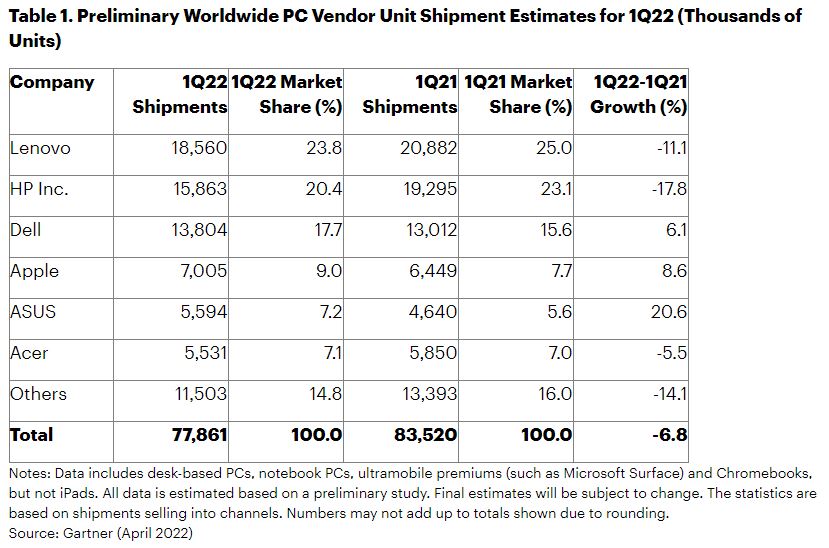
Global shipments of traditional PCs, including desktops, notebooks, and workstations, declined 5.1% in 1Q22 but exceeded earlier forecasts, according to preliminary results from IDC. The PC market is coming off two years of double-digit growth, so while 1Q22 decline is a change in this momentum, it does not mean the industry is in a downward spiral. Despite ongoing supply chain and logistical challenges, vendors still shipped 80.5M PCs during the quarter. The 1Q22 volume marks the 7th consecutive quarter where global shipments surpassed 80M, a feat not seen since 2012. (IDC, Apple Insider)
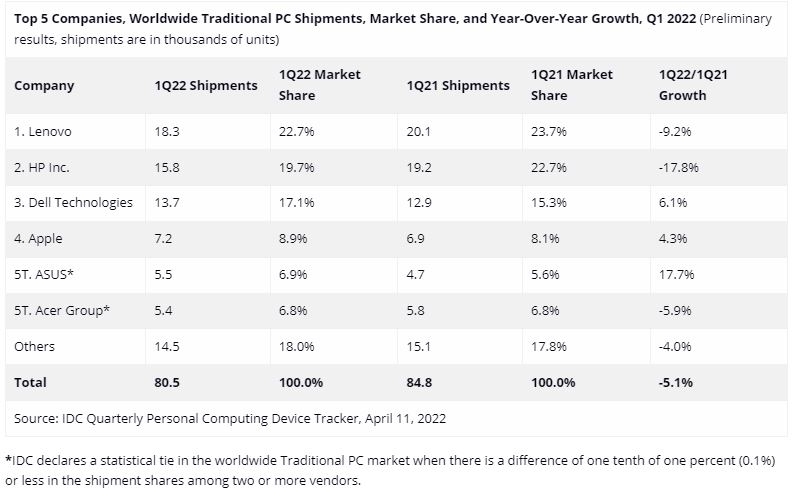
vivo Pad is launched – 11.0” 1600×2560 IPS LCD 120Hz, Qualcomm Snapdragon 870 5G, rear dual 13MP ultrawide-8MP ultrawide + front 8MP, 8+128 / 8+256GB, Android 12.0, 8040mAh 44W, 4 speakers, CNY2,499 (USD392) / CNY2,999 (USD471). (GSM Arena, Liliputing, Taobao, Gizmo China)
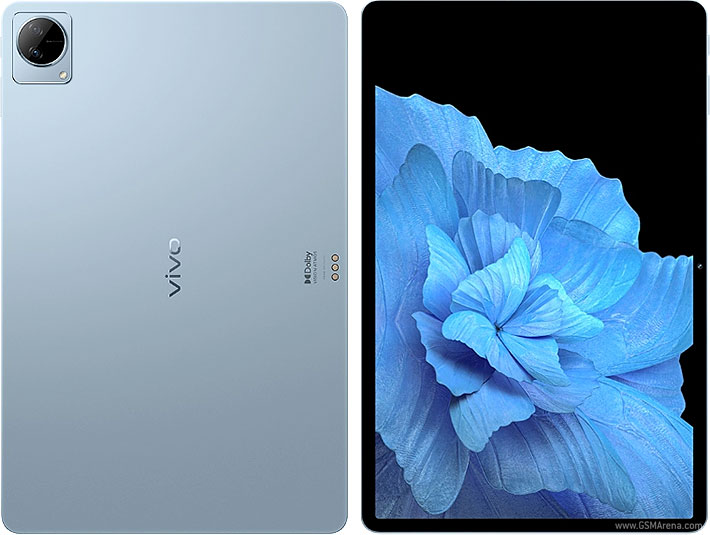

According to the latest Canalys estimates, true wireless stereo (TWS) shipments grew 21% to reach 103.8M in 4Q21, passing the 100M mark for the first time. Apple drove the return of double-digit growth on the back of its third-generation AirPods launch. A strong performance from smart device and audio brands also contributed to TWS market growth, offsetting the decline of wireless earphones and headphones. Overall, smart personal audio shipments grew 7.7% to 151.4M in 4Q21. (Canalys, CN Beta)
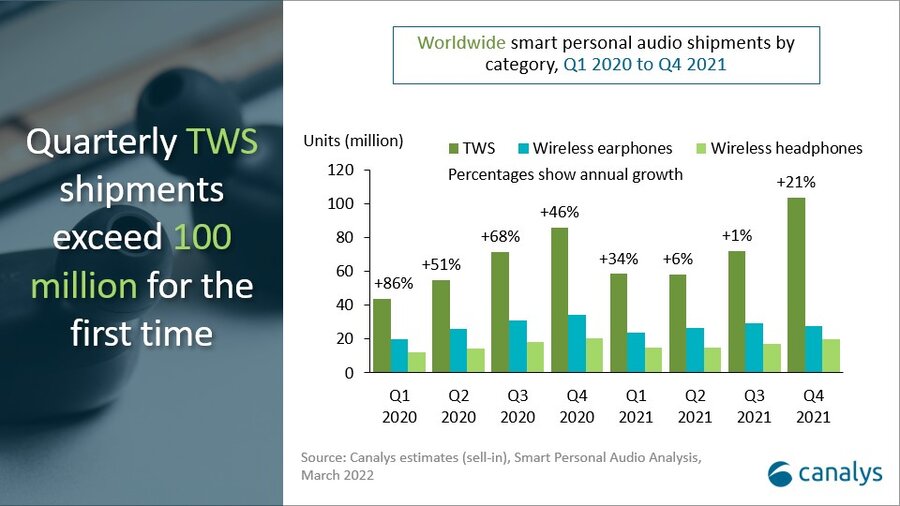
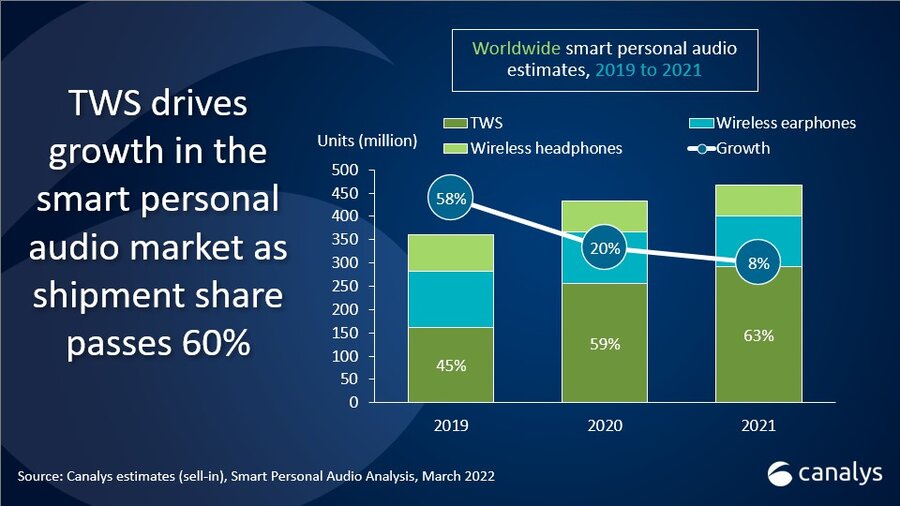

TikTok is rolling out its augmented reality effects tool to all creators and developers after launching a closed beta test in fall 2021. Effect House allows creators to make their own AR camera effects that can be used by other TikTok users in videos. In an announcement, the company says the effects platform will be open to “all creators, designers, and developers from around the world” and will include tools and learning resources.(CN Beta, TikTok, TechCrunch, The Verge)
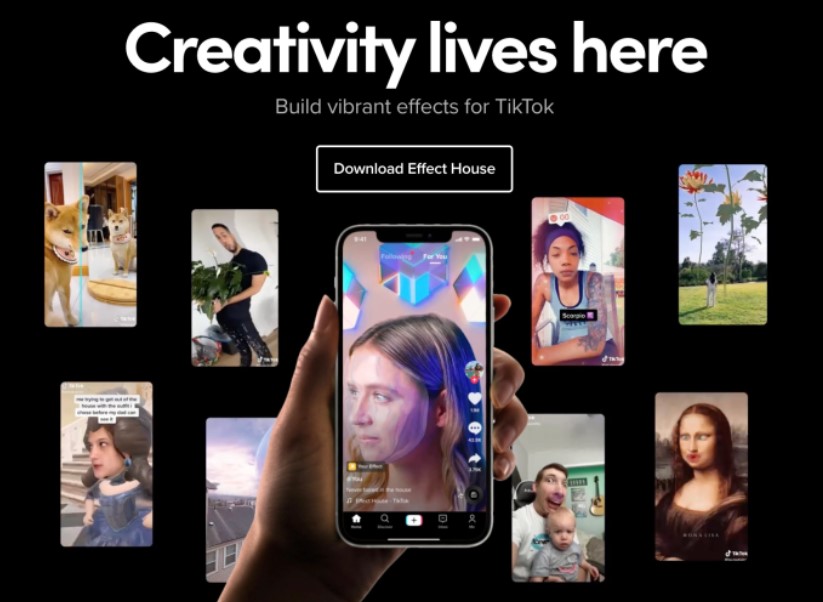

Sonos has announced the acquisition of Mayht, a Netherlands-based company that has invented a new, revolutionary approach to audio transducers. Transducers are the foundational element within speakers that create sound, and Mayht has re-engineered them to enable smaller and lighter form factors without compromising on quality.(Pocket-Lint, Engadget, Business Wire)
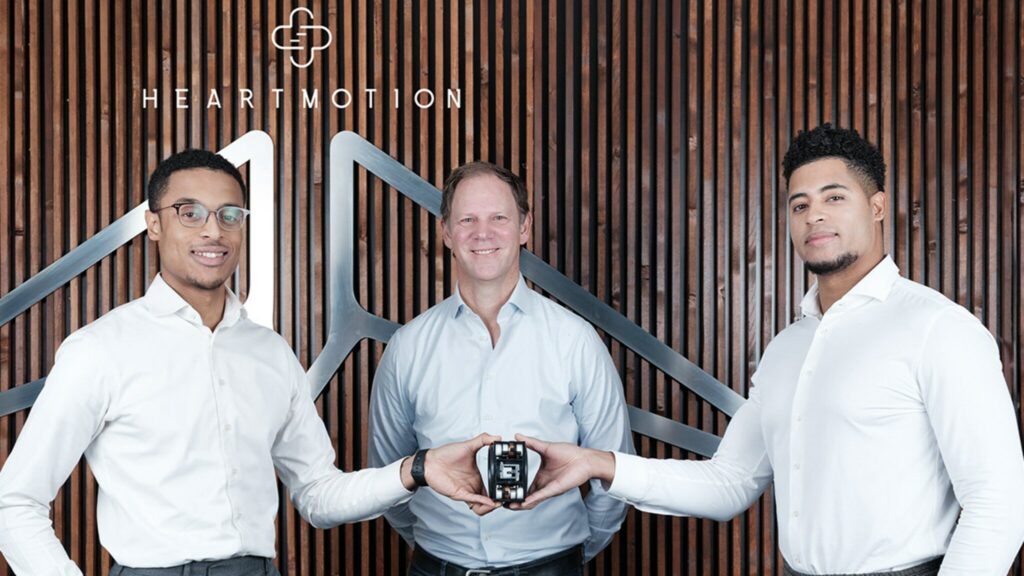

Honda revealed in 2021 that it intends to shift all its car sales to electric and fuel cell vehicles by 2040. The company now has announced that it is spending JPY5T (USD40B) on its electrification efforts over the next 10 years. The company has also said that it plans to launch 30 EV models by 2030 with a production volume of 2M vehicles a year. The aim is for electric vehicles to make up 40% of its fleet by the end of the decade. Honda plans to get the ball rolling in Japan by introducing an ultra-cheap mini EV model that costs around USD8,000 by 2024.(Engadget, Honda, Honda, TechCrunch)
